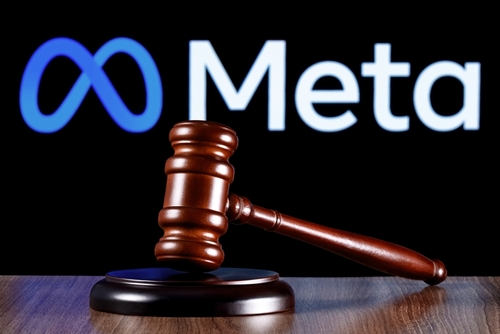Toy Litigation Legacy: Monitoring Rules?
Updated: As lawsuits mount over a recall of toys that may contain dangerous levels of lead paint, the litigation could lead to new precedent of interest to lawyers in a wide range of tort cases.
That is because the lawsuits are likely to ask for a controversial remedy—medical monitoring of children who may have been exposed to lead paint, to see if they have in fact been injured, reports the Wall Street Journal (sub. req.). About 15 states, including California and Illinois, probably would allow recovery for medical monitoring in the toy cases, if the defendants are found to be liable, and another 15 probably would not, according to the newspaper.
Such a lawsuit in fact was filed today, on a class action basis, against Mattel Inc. by attorney Jeffrey Killino in order to seek medical testing, reports Reuters.
The remedy is one of the most controversial questions of tort law right now, says Victor Schwartz, a Washington, D.C., attorney. In his opinion, he tells the Journal, medical monitoring violates the fundamental principle that injury must be proven before a plaintiff can recover damages.
However, Richard Bourne, a professor at the University of Baltimore School of Law, says it is appropriate for companies associated with toys found to contain dangerous levels of lead paint to bear the cost of medical testing, especially since many Americans don’t have health insurance that will cover this expense. Otherwise, children may not be tested until they have symptoms, which “is not in the best interest of the victim,” he says.
Litigation against Mattel Inc., which is recalling millions of toys worldwide that allegedly could contain dangerous magnets or lead paint, was discussed in an earlier ABAJournal.com post. At that point, some 253,000 toys were thought to present a potential lead paint issue.
(Originally posted at 12:28 p.m., central time.)



